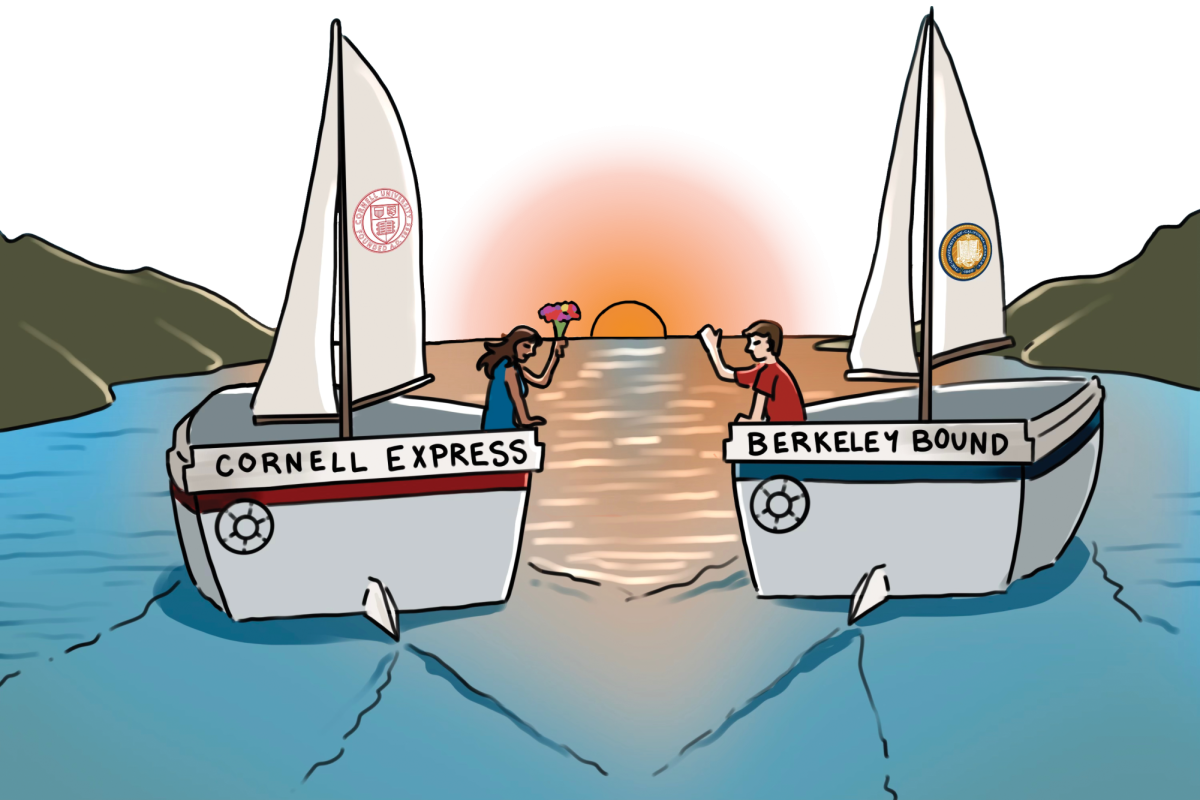Students visiting the front desk of the Mudd Library in the last few months may have noticed a whiteboard covered with quotes, goofy drawings, opinions and responses to current events.
They might also have seen their peers solving jigsaw puzzles in the far corner of the common area near therapeutic aquariums where goldfish ogle visitors with mild, wide-eyed curiosity.
Over the last year and a half, library personnel have brought in the whiteboard, puzzles and goldfish to help students relieve stress and anxiety.
The jigsaw puzzles are intended to be a fun activity that takes away from the businesslike and stressful atmosphere of Harvard-Westlake.
“I first saw it as an idea at another library. I think the effect has been very positive,” Head Upper School Librarian Shannon Acedo said. “I think that the whiteboard is especially effective in allowing students to communicate ideas.”
The key was finding the balance between something that would be entirely too distracting and something that would be too tedious, Acedo said.
“I think [the librarians] wanted to bring out something that the kids would have more fun with while they were studying,” Jessica Pfeifer ’16 said.
The jigsaw puzzles, which depict nature scenes, landscapes and even the periodic table, not only provide entertainment but also are an outlet for creative energy.
Research indicates there are health benefits to solving jigsaw puzzles because they allow the brain to operate in a linear and emotionally connected way, according to the November 2007 Harvard Business Review.
Studies such as the MacArthur Study of Successful Aging have shown that individuals who work on jigsaw puzzles have a higher potential for a longer lifespan and a lower chance of suffering from Alzheimer’s disease, memory loss or dementia.
Dopamine, the brain’s “feel good” chemical used for learning and memory, is also released during the solving of jigsaw puzzles.
The production of this chemical increases exponentially in the brain when a particularly difficult puzzle is being solved, allowing students to feel alert and even more creative.
“It gives me something to put my mind to,” Sylvie Sanders ’17 said. “It helps me because I get to relax more, which is something that I don’t really get at school or at home. So I get it in the library. After school I have a lot of fencing practice, so I don’t have time to do something mindless and relaxing. So this is where I do it.”
The whiteboard is a medium for students to share ideas, ranging from serious political topics to silly things. One topic posed on the board recently asked students, “Would you rather run naked around the track in front of the entire school or receive a failing grade in an AP class?” to which people responded with statements such as, “My grades are more important than my dignity” and, “Would I rather? I’m already out on the field.”
The library’s tranquil duo of goldfish, with their quizzical gazes and occasional “blub blubs,” serves as a source of mild entertainment and relaxation.
The fish, which started as a decorative feature for last April’s “Moby-Dick” reading, were brought in by Jessie Pfeifer ’16 and have evolved into one of the library’s most popular features. Simply watching fish swim back and forth inherently relieves stress, working along the same lines as meditation by helping decrease blood pressure, according to a 2005 study by urban ecologist Alan Beck, psychiatrist Aaron Katcher and biologist Erika Freidmann.
The coloring books seem to be a hit with students, who enjoy the peaceful moments as they shade in the intricate designs, ranging from mandalas to nature images in the quiet of the library.
“We started the coloring books when we first did the overnight reading of ‘Moby-Dick’ two years ago,” Acedo said. “We really liked them, and they just stuck.”
Coloring is becoming a more popular pastime for teens and adults outside of school, according to an article in the Huffington Post in October 2014.
Best-selling coloring books include Johanna Basford’s “Secret Garden: An Inky Treasure Hunt & Coloring Book” along with her second effort, “Enchanted Forest, An Inky Quest & Coloring Book”; “Balance: Angie’s Extreme Stress Menders Volume 1” by Angie Grace; and “The Mindfulness Coloring Book: Anti-stress Art Therapy for Busy People” by Emma Farrarons.
“Even though I’m colorblind, coloring is just such a simple task. It’s just so relaxing, like listening to the ocean,” Sanders said.



























